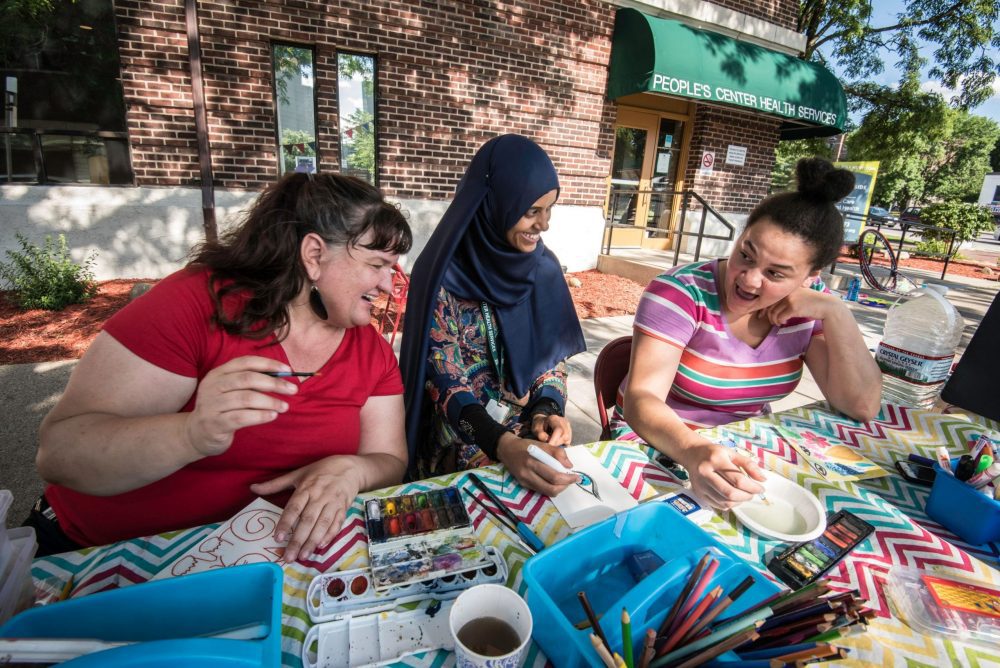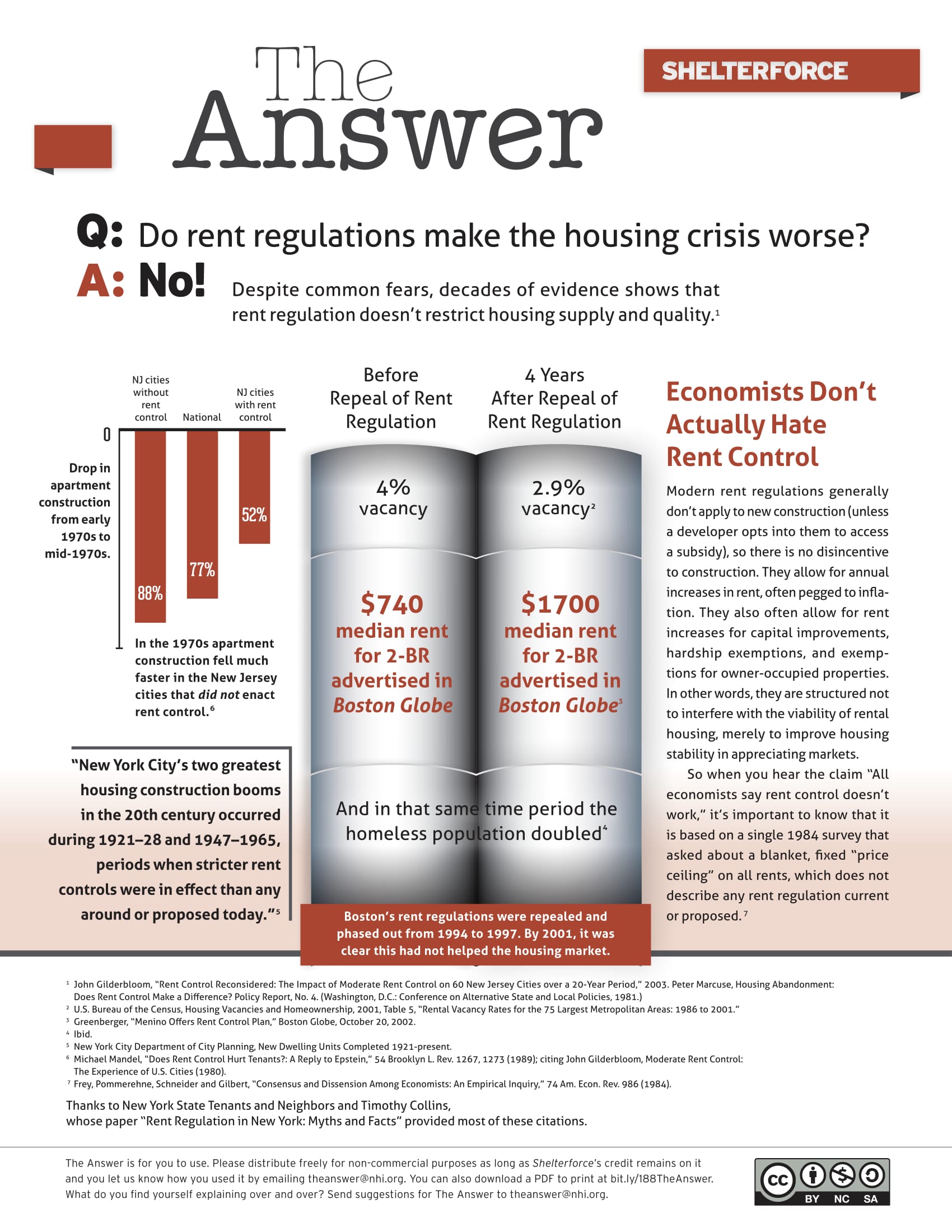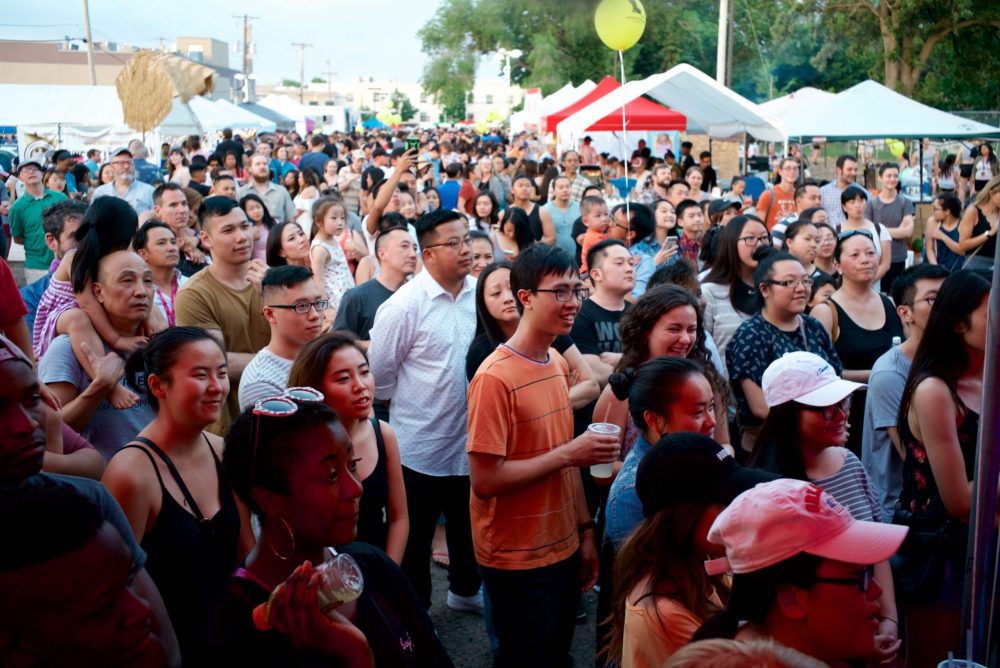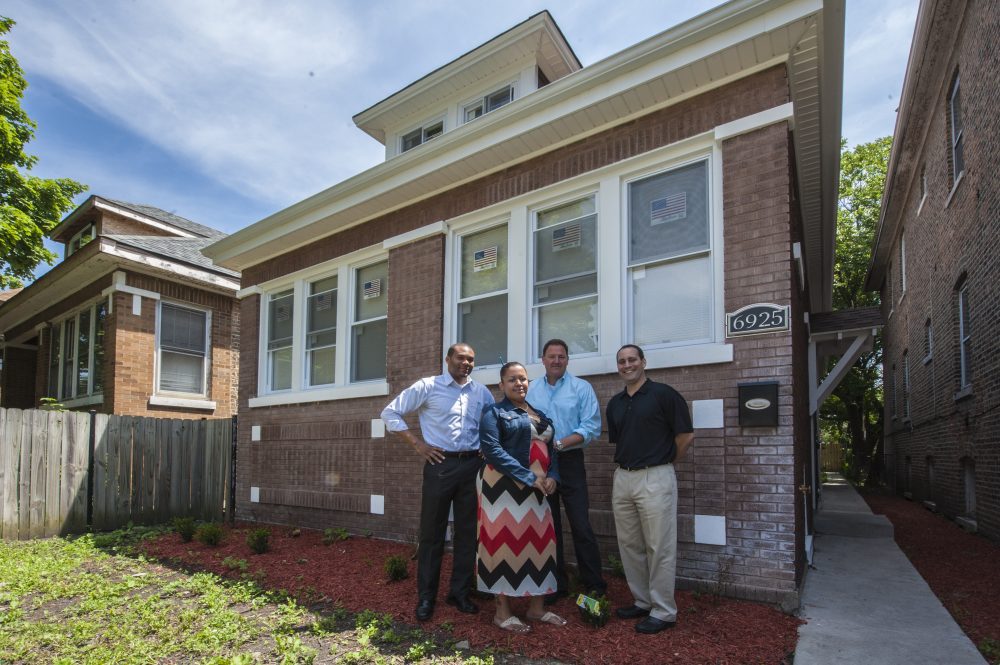
Residents make art together on the lawn of People’s Center Health Services in Minneapolis. Photo courtesy of Bruce Silcox
A lot of us are interested in making our community development strategies more equitable, more holistic, and more cross-sector. Creative placemaking is one such strategy.
Like any tool, creative placemaking can be used to build something shaky (development done without regard to the community around it, which can lead to displacement and contribute to inequity) or to build something solid (through a process that represents the community in which it is based, includes broad input, and contributes to equitable development.) Most of us are interested in the solid option. But how do we ensure that what we’re building is solid?
Solid creative placemaking needs to recognize and build the power and agency that exists in the place already. At Springboard for the Arts, we are seeking durable relationships between residents, businesses, and organizations in a neighborhood. We want creative placemaking to create the conditions for system change that is driven by and for the community. There are many approaches to creative placemaking. Some start with planning, public art, cultural facilities, or artist housing. To build real power and agency, however, we think you need an approach that starts with artists and community organizing.
Why artists?
Our definition of “artist” is anyone who wants to use their creative practice to connect with or change their community. This means artists are on every block, in every neighborhood. Even if someone hasn’t identified themselves as an artist before, there is power in the label of “artist.” People’s creativity has value and power. Many artists are already inclined toward organizing: they are often collaborative and see places, people, and interaction as part of the creative process. Artists are also often good at seeing opportunity in challenge and working from an asset-based perspective, even with limited resources. Artists imagine and build new futures and worlds, ask energetic questions, and are skilled at making others comfortable with new or different processes.
Artists also have very practical skills that can attract people, participation, and attention. They often draw other people into conversation and experiences. Art can create the excuse to pull people close together without their feeling threatened. Artists can create shared experiences that build relationships quickly. Creative projects also help people create something tangible during the organizing process.
Knowing that artists have all these skills and resources to offer but often are not called on to share their skills in community development work, Springboard created tools and training for artists in collaboration, leadership, and other skills rooted in community organizing practices. This training is designed to help artists expand on their existing creative skills and apply them toward the needs of their neighborhoods. By incorporating organizing techniques into their creative practice, artists are able to help amplify their neighbors’ creativity and work together with other people to create something larger than any of them could have done by themselves. This builds individuals’ and groups’ sense of their own agency. They can create an invitation to their neighbors to take action.
A core component of this organizing training is the opportunity for artists to try out these new skills, with support, by actually creating a small project in collaboration with their neighbors. Sparking multiple small projects in a place creates a community-organizing process that attracts new people, engages people in new ways, and celebrates and amplifies the assets in a neighborhood.
An artist-led community organizing approach to creative placemaking can do many things.
Individual projects and developments may be great assets for a place, but it’s ongoing relationships that will lead to lasting change.
Build authentic narratives: An artist-led community organizing approach ensures that activities or outcomes are based on the actual lived experiences of the people in a place. It creates outlets and mechanisms for people to tell their own stories, and it helps residents build a narrative for their community that represents diverse perspectives and ideas. For example, during the construction of the Green Line light rail in St. Paul, Minnesota, we supported over 200 small art projects led by artists who were also stakeholders in the neighborhood. These projects included new murals and signage, performances in parking lots, and installations and mobile art projects that have a had a life long beyond our point of intervention. This allowed a narrative to emerge made up of 200 different perspectives on the neighborhood. Rather than a single artist speaking for the whole area or a branding campaign by an outside consultant, the story that emerged about the neighborhood was built by the people who lived and worked there already.
Ask new questions and find new answers: Sometimes it seems obvious what a community needs. Crime, lack of public space, or vacancy are all clearly challenges to address. But even when the opportunity or issue seems obvious, there are often further layers of opportunities and challenges. Artist-led organizing helps reveal the subtleties that underlie a community’s hopes and dreams, and sometimes illuminates needs that community members themselves couldn’t have anticipated at the beginning of the process.
For example, our placemaking work in Fergus Falls, Minnesota, was instigated by a group of community members who were working to preserve a historic building—a former state mental hospital that had once been the town’s largest employer and was now a huge, beautiful, vacant redevelopment challenge. When we began, we thought what was needed was a different, more productive conversation about the building’s future or about making the building more attractive to developers. Through the process of creative community organizing, we found that there was a need in the community to have a deep conversation about the role mental health treatment played in the culture of their town. Lots of small community-created art projects allowed the stories of people’s relationship to mental health and mental health treatment to come to the surface. This built community trust and relationships over time that have had a much more profound impact than anything we could have imagined when we started.
Build durable relationships: Individual projects and developments may be great assets for a place, but it’s the ongoing relationships and mechanisms of connection that lead to lasting change. The process of organizing helps people practice working together and builds a kind of collaboration “muscle memory.” Particularly if the goal is to build power and agency in a place, relationships between individual neighbors, business owners, and place-based organizations should be the most important goal.
For example, this summer we worked with artists to create a weekly project in partnership with People’s Center Health Services in Minneapolis. People’s Center is a federally qualified health center that serves a diverse neighborhood with a high percentage of immigrant and refugee residents. Creating regular weekly opportunities for patients, employees, and neighborhood residents to make art together, play together, and see each other outside of their usual roles has made the once-unused lawn in front of the clinic into a community gathering space that bridges differences and builds social connection.
The stories we tell, the questions we ask, and the relationships that are forged are the foundation for good planning and development. Often in community development, our inclination is to skip over these vital steps in favor of jumping into a plan, financing a new development, or branding a neighborhood. When we do that we generate plans that sit on shelves, developments that don’t serve the needs of the people in place, and marketing that doesn’t reflect the depth and nuance of the neighborhood. And we don’t build the lasting power and agency necessary for system change. This is like planting a garden without watering or fertilizing the soil. It might be beautiful for a while, but it won’t last unless the ground can sustain the roots.
We’ve learned that by starting from community organizing and by seeing (and training) artists as organizers, you can use creative placemaking as a powerful tool to build equitable planning, policy, development, and public space. If we use artists and organizing as the starting points, the resulting community development will center the lives and experiences of the people in and of the place; value the relationships, partnerships, and creative capacity that artists and communities build together; and build power and agency for individuals, neighborhoods, and communities.





Comments